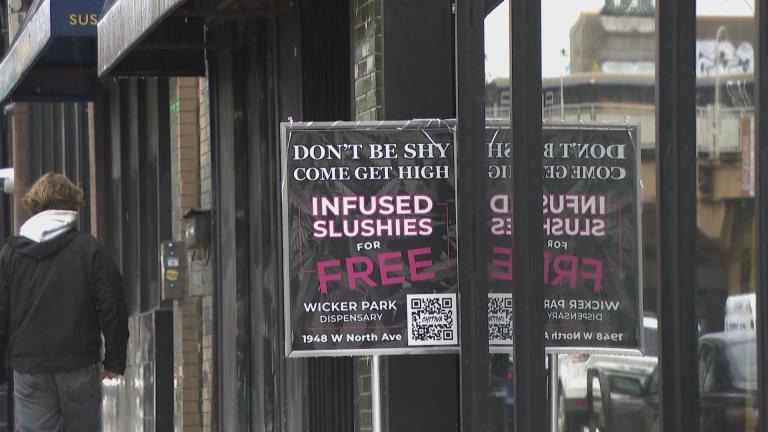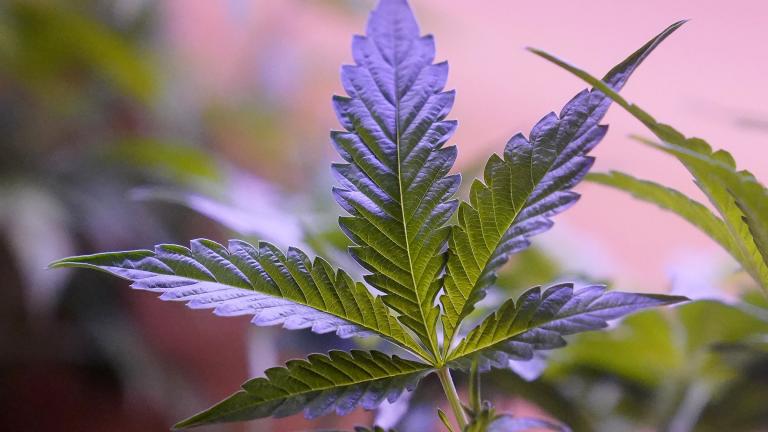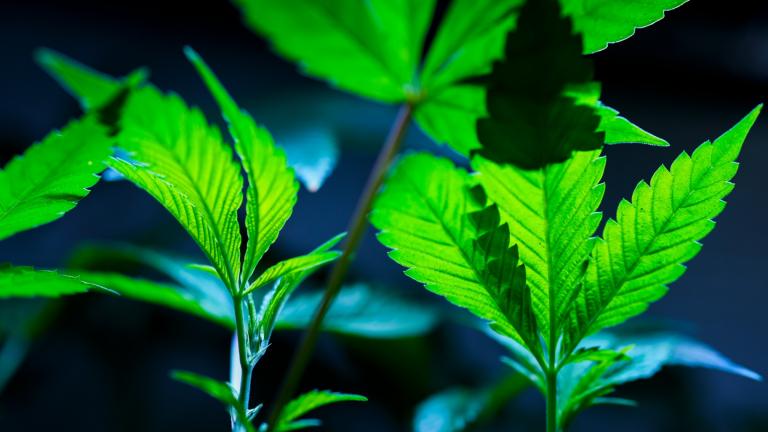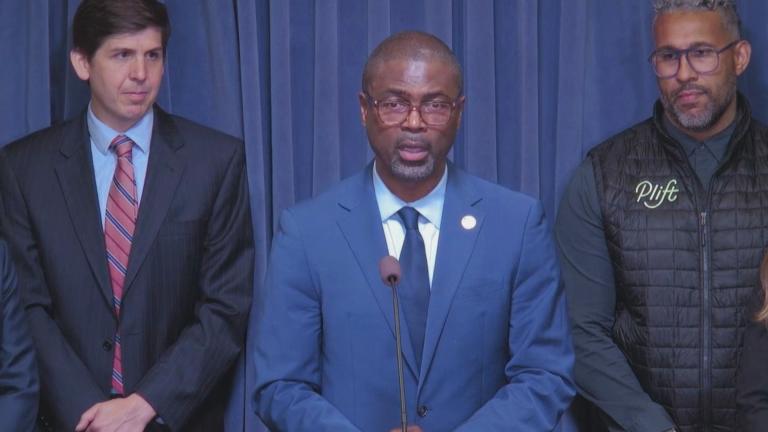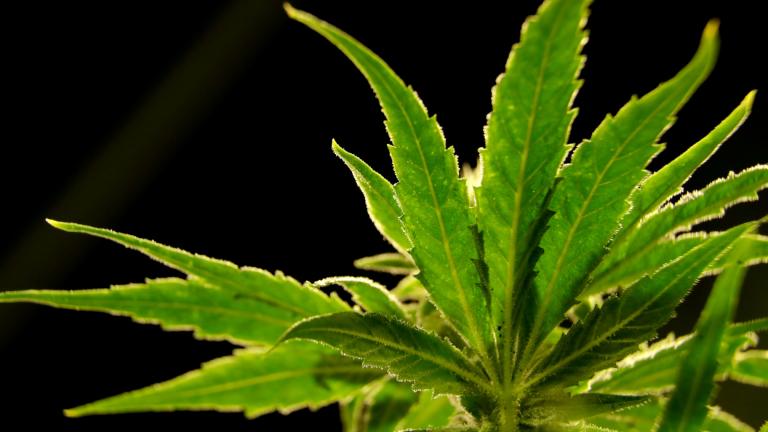Video: Jean Lacy, executive director of the Illinois Psychedelic Society, Vilmarie Fraguada Narloch, a Psycologist and the director of Sana Healing Collective, Scott Chipman, vice president of Americans Against Legalizing Marijuana, and Harriet de Wit, a Professor of Psychiatry and Behavioral Neuroscience at the University of Chicago join “Chicago Tonight” to talk about why more young people are reporting using marijuana and hallucinogens. (Produced by Jennifer Cotto)
(CNN) — Young adults were using marijuana and hallucinogens at record high rates in 2021, new data shows. Vaping also increased significantly among this age group last year, despite leveling off during the first year of the COVID-19 pandemic.
People ages 19 to 30 were surveyed as part of the Monitoring the Future study, conducted by researchers at the University of Michigan and funded by the National Institutes of Health since 1975.
“As the drug landscape shifts over time, this data provides a window into the substances and patterns of use favored by young adults,” said Dr. Nora Volkow, director of the National Institute on Drug Abuse. “Young adults are in a critical life stage and honing their ability to make informed choices. Understanding how substance use can impact the formative choices in young adulthood is critical to help position the new generations for success.”
The survey found that 11% of young adults reported using marijuana on a daily basis in 2021 and 43% had used it in the past year. Rates of daily marijuana use nearly doubled over the past 10 years for this age group and past-year use jumped nearly 50%.
Vaping prevalence is growing even faster among young adults and on a steady upward trend, according to the study. After slowing in 2020, rates of nicotine vaping in 2021 were nearly triple what they were five years ago and rates of marijuana vaping were about double.
About 16% of young adults reported vaping nicotine in the past month and 12% reported vaping marijuana in the past month, according to the study.
The latest survey was conducted online between April and October of last year. But in April 2022, a loophole that vaping companies have used to circumvent regulators and keep their products on shelves closed, enabling the US Food and Drug Administration to go after myriad products being marketed illegally and in a variety of flavors. And in June, the FDA ordered Juul products removed from the US market as the agency issued marketing denial orders for its vaping devices and pods. However, a US appeals court at least temporarily delayed the ban, as the company gears up to appeal the decision and defend the safety of its inventory.
Overall, young adults are less likely to use hallucinogens than marijuana. But after holding steady for decades, use of hallucinogens among young adults started to “increase dramatically” during the pandemic and reached a record-high in 2021.
About 8% of young adults reported using substances such as LSD, PCP and psychedelic mushrooms in the past year, up from just 3% in 2011.
According to provisional data from the US Centers for Disease Control and Prevention, drug overdose deaths among people of all ages rose rapidly during the COVID-19 pandemic. In 2021, 108,886 people died of a drug overdose in the US, more than double the number of deaths in 2015.
The CDC data shows that the vast majority of recent overdose deaths have involved opioids, especially synthetic opioids including fentanyl. But according to the NIH study, non-medical use of opioids has been declining steadily among young adults for the past decade with “significant decreases” in the past year.
Cigarette use among this age group also decreased. But binge drinking returned to pre-pandemic levels and high-intensity drinking also reached record highs in 2021, with more than one in eight young adults reporting having 10 or more drinks in a row in the past two weeks.
“One of the best ways we can learn more about drug use and its impact on people is to observe which drugs are appearing, in which populations, for how long, and under which contexts,” said Megan Patrick, a research professor at the University of Michigan and principal investigator of the study.
“Monitoring the Future and similar large-scale surveys on a consistent sample population allow us to assess the effects of 'natural experiments' like the pandemic. We can examine how and why drugs are used and highlight critical areas to guide where the research should go next and to inform public health interventions.”
Note: this story will be updated with video.

